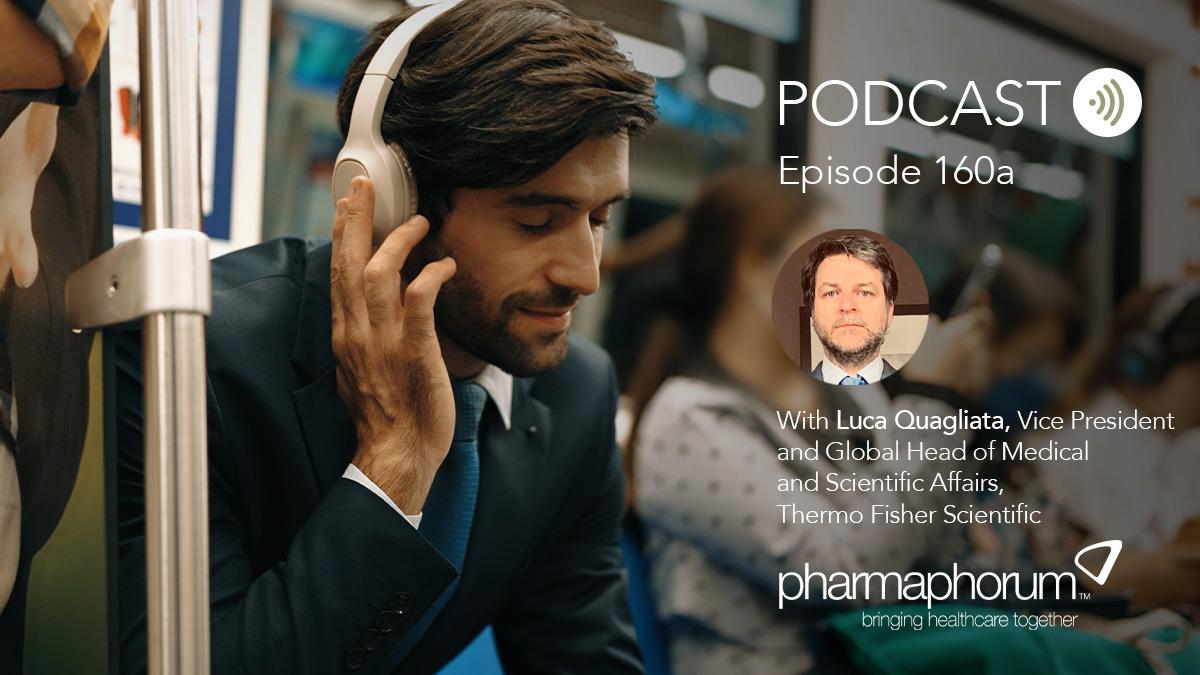Healthcare markets in Asia: updates on the Chinese medical device industry

Ames Gross
Pacific Bridge Medical
Continuing his ‘Healthcare markets in Asia’ series, Ames Gross shares an update on the Chinese medical device industry.
(Continued from "Healthcare markets in Asia: Indian medical device regulatory updates")
Introduction
The economic success in China has led to higher demand for medical device products and increased opportunities for foreign device manufacturers. Chinese government officials have also made the medical device industry an important priority. In the past few years, the creation and development of locally made medical devices have been pursued by the Chinese government as an important area of development.
Many top government officials, including Premier Wen Jiabao, view the rapid development of locally manufactured Chinese medical devices as important as the development of the pharmaceutical industry in China. Hence, the Chinese government is expected to increase their funding for product development and medical device research. By doing so, China hopes to produce biomedical research at the level of Japan, Korea and the United States. The government emphasis on the medical devices industry has also spurred private Chinese investors to invest more in the medical device industry.
A good case study illustrating the rising Chinese interest in the medical device industry is the drug eluting stent (DES) device. Foreign medical device companies used to control over 85% of the Chinese DES market six years ago. Now, three-quarters of the Chinese DES market is controlled by local Chinese DES firms with imported DES product market share reduced from 85% to 25%. Even though the imported foreign DES devices are still of superior quality to the locally manufactured Chinese DES devices, the Chinese DES devices only cost about two-thirds of the imported DES devices.
Also, China’s medical device regulations are continuing to evolve.
State Food and Drug Administration (SFDA): changes at the top
The Chinese State Food and Drug Administration (SFDA) recently had a change of leadership. Mr. Li Yin took over as Commissioner from Mr. Shao Mingli in February 2012. Born in Shandong, Mr. Li brings substantial expertise and experience in the Chinese health industry as well as the Chinese government. He received his medical degree from the University of Shandong in 1988.
 ,
"China’s medical device regulations are continuing to evolve."
 ,
Prior to assuming this post, Mr. Li has worked at several Chinese governmental organizations such as the Research Bureau of the State Council and the State Administration of Foreign Experts Affairs as an inspector. He served as a public healthcare consultant at Harvard University in 2002, and also represented China at the World Health Organization. After several different positions at the Ministry of Health, Mr. Li then reached the post of Vice Minister prior to assuming this new SFDA post. His responsibilities at the Ministry of Health included food and drug safety, infectious diseases, drug distribution and supply management, and healthcare reforms.
Mr. Shao Mingli stepped down from the SFDA as he reached the retirement age. The original three deputy commissioners, Mr. Wu Zhen, Mr. Li Jiping and Mr. Bian Zhenjia are still at their positions. There are no other changes in personnel. Not many senior Chinese officials want to be associated with the SFDA due to its corruption history and the challenging industries which they regulate.
New guidelines for medical device adverse events
In September 2011, the SFDA issued “Tentative Guidance for the Monitory of Adverse Device Events”, a notice about new guidelines for adverse events concerning medical devices.
The new guidelines lay out the process that medical device manufacturers, suppliers and distributors should follow to report and monitor adverse events. This includes the timeframes for reporting adverse events. Under the new guidelines, medical device emergencies must be reported within twenty four hours, suspicious deaths within five working days, and serious injuries that may cause death within fifteen days. After reporting the incident, an internal investigation must be conducted by the medical device manufacturer. The report must then be submitted to the SFDA within twenty working days in the SFDA’s "Medical Device Adverse Event Reporting Form".
Annual summary reports are also required for all other medical device adverse events in the past year. Class II and Class III medical devices manufacturers need to submit this report to the SFDA by the end of January each year. Manufacturers of Class I medical devices need not submit their annual report to the SFDA. Instead, they must keep the report in their own internal records.
 ,
"Under the new guidelines, medical device emergencies must be reported within twenty four hours..."
 ,
All device manufacturers are also required to implement central monitoring systems that can trace their products. The system must also have formal archives to monitor and record adverse events related to their products. The company’s personnel are also required to undergo training to learn the process of monitoring and reporting adverse events.
Changes in the requirements for clinical trials
There have also been changes in China’s medical device regulations with regards to clinical trials. In the future, some Class II and most Class III medical devices in China will require local clinical trials prior to receiving approval. The Chinese SFDA simplified the requirements for twenty one different types of Class II medical devices in its November 2011 circular “Notice for Clinical Trial Waiver Concerning Certain Class II Devices”. These devices are eligible to waive the local clinical trials. The medical devices on this list include medical electrical devices, sterilization equipment, basic surgical instruments, and devices for general examination, etc.
The objective of the waiver is to tighten the registration regulation of Class II medical devices while having a fast-track approval process for selected product types. Manufacturers who are seeking this fast-track approval for their Class II devices will have to submit comparison data that highlights the similarity between their medical devices with a product on the Chinese approved list. The comparison data should include information on the product materials, the structural composition, functional mechanisms information, sterilization methods (if applicable), indicators for the products’ primary technical performance, expected uses, and whether household use of the product is expected. It is advisable that companies consult the Chinese SFDA or state SFDAs prior to preparing this data.
Part five of this ‘Healthcare markets in Asia’ series, looking at the healthcare market in Vietnam, will go live on 2nd November.
 ,
 ,
About the author:
Ames Gross is president and founder of Pacific Bridge Medical, a Bethesda, Md.-based consulting firm that helps medical companies doing business in the Asia market. A recognized national and international leader in the Asian medical markets, he founded Pacific Bridge Medical in 1988, which has helped hundreds of medical companies with business development and regulatory issues in Asia. For more information, visit http://www.pacificbridgemedical.com.
What does the future of the device market in China look like?












